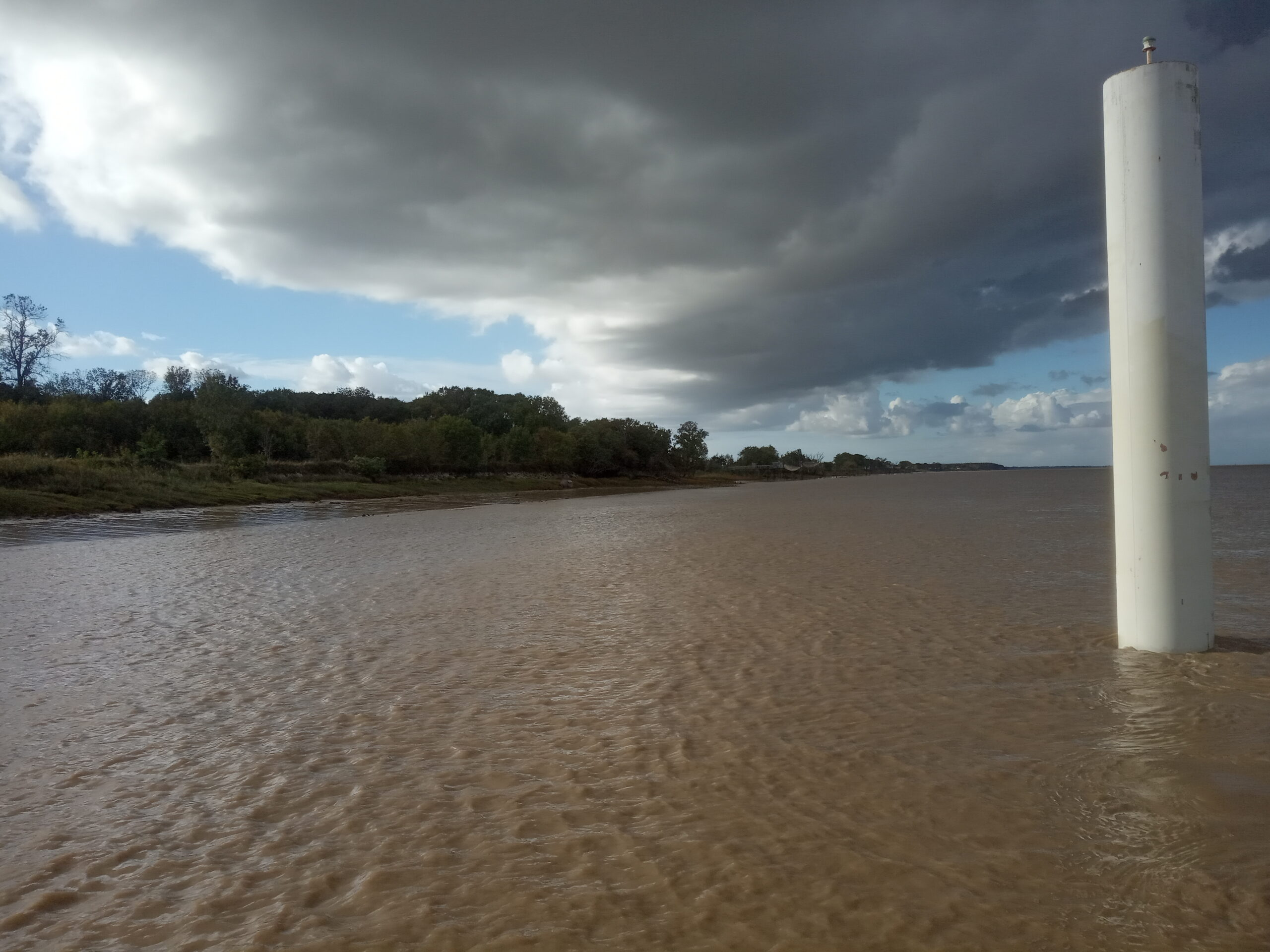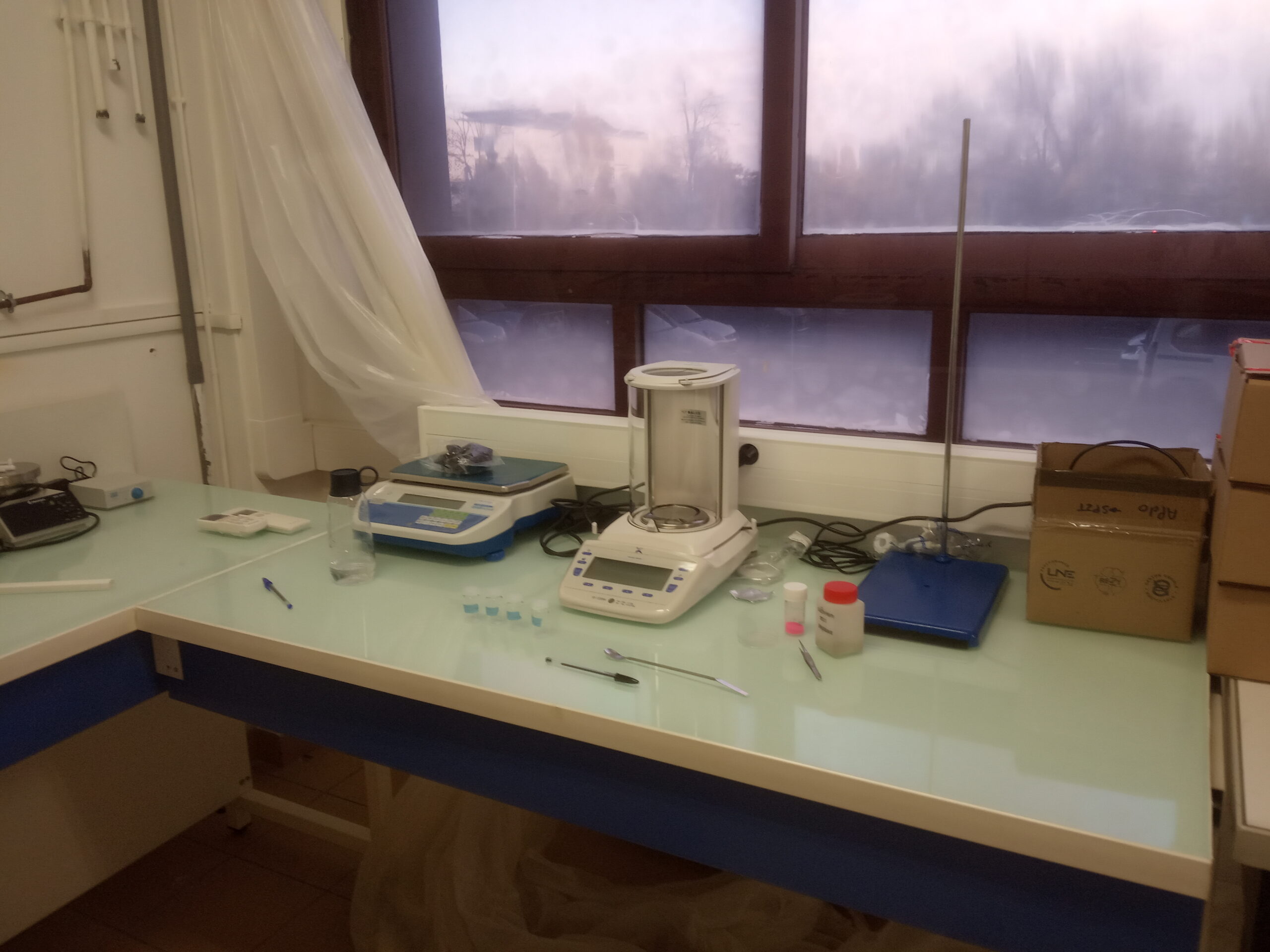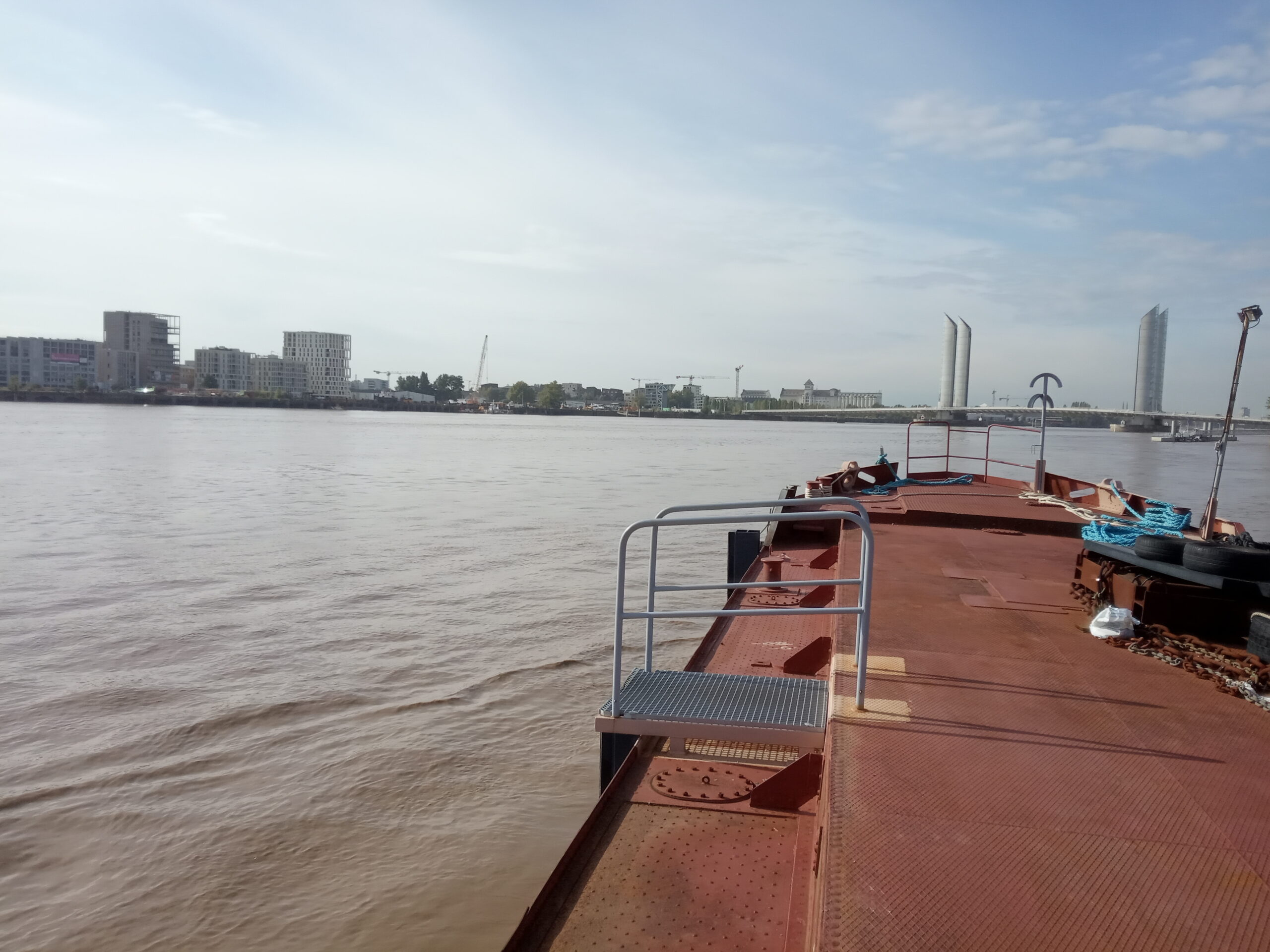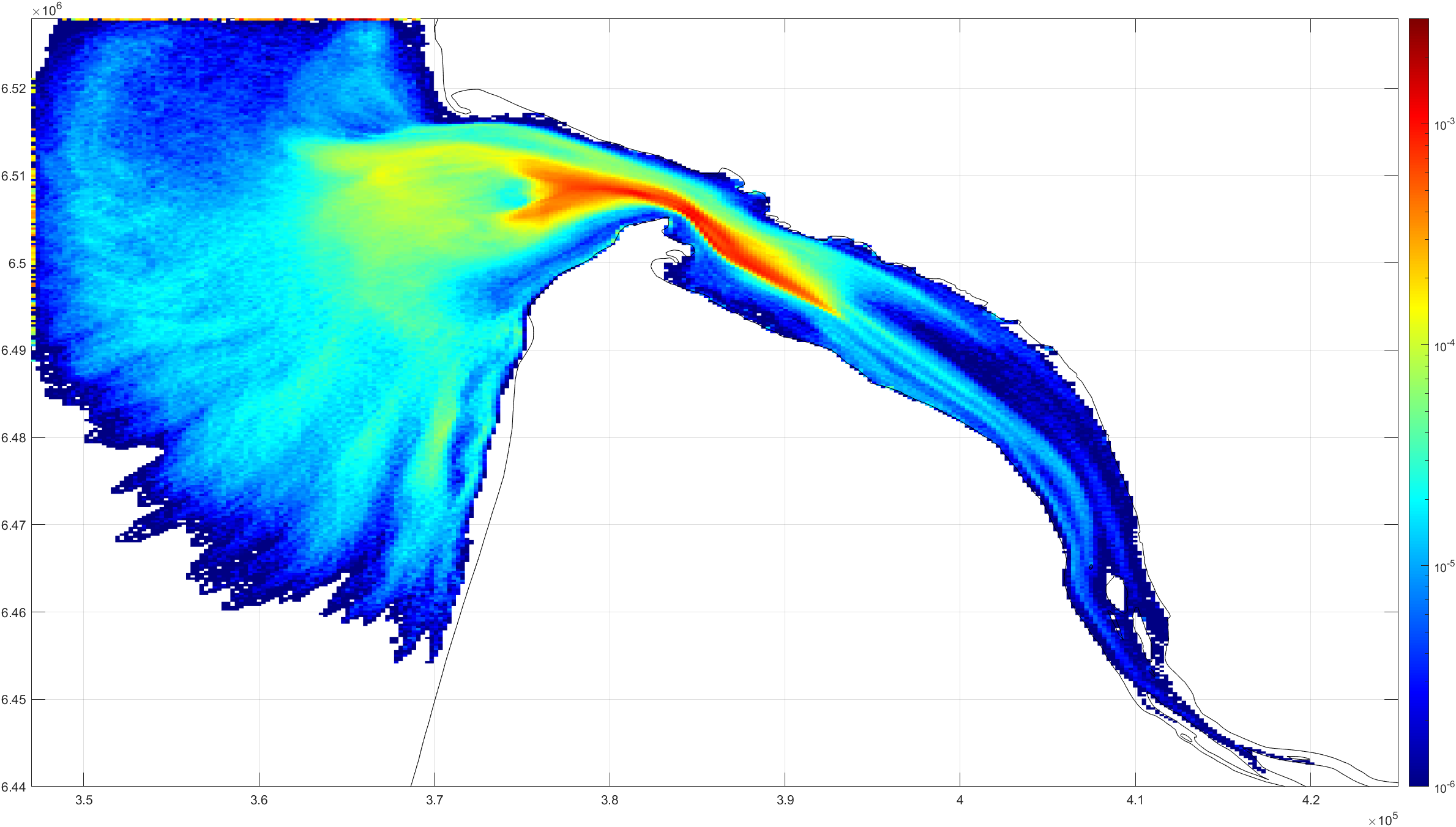

Physical processes of microPLASTics Transport IN macrotidal ESTuaries
Macrotidal estuaries : major temporal or permanent sink of microplastics ?
Around three-quarters of plastic waste reported in the ocean are estimated to come from land-based sources, primarily via rivers and estuaries. However, not all plastic entering estuaries are flushed into the ocean. As fine sediments and particulate organic matter, microplastics may be trapped in estuaries forming regions of privileged accumulation. This trapping may be particularly significant in macrotidal estuaries characterized by significant landward residual fluxes of sediments.
However, compared to sediments, microplastics cover a larger spectrum of physical properties that can vary over time due to weathering and biofouling processes. Very little is known about the physical mechanisms of transfer and trapping of microplastics at the river-estuary-sea continuum…
WorkPackages
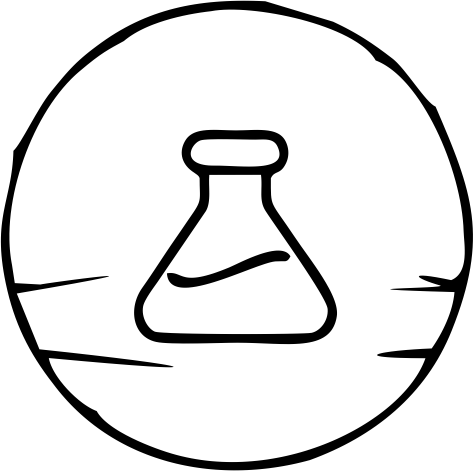
WP 1. Microplastic vertical dynamics under hyperturbid conditions
This work package aims to describe the settling dynamics and the erodability of microplastics in hyperturbid environments from laboratory experiments.

WP 2. Microplastic and hydrodynamics monitoring
The main goal of WP2 is to evaluate the spatio-temporal variability of microplastics and key physical parameters at the estuary scale from in-situ observations.
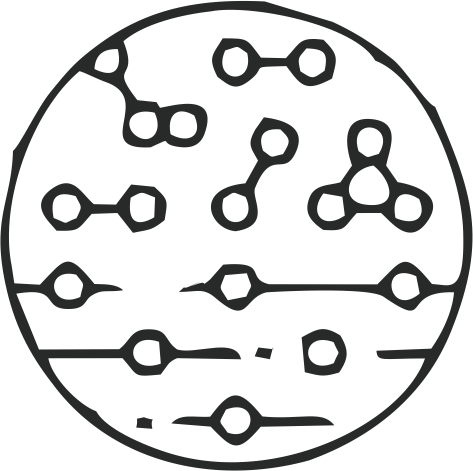
WP 3. Process-based numerical modelling for the transport of microplastics
In WP3, numerical tools for the transport of microplastics are improved and implemented to the Gironde estuary in order to test hypotheses on transport dynamics and assess retrospective or prospective conditions.
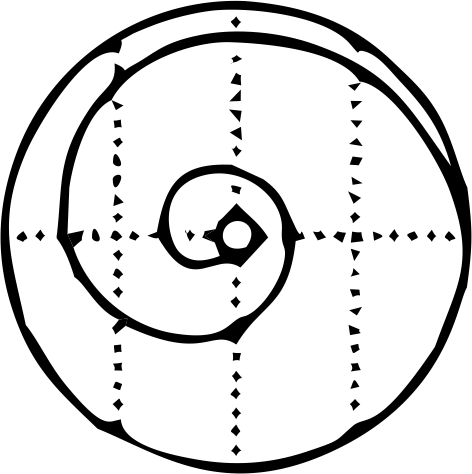
WP 4. Microplastic transport and drivers
In WP4, the three first WPs are combined to: (1) advance knowledge of microplastic transport at the estuary scale; (2) identify the relative contributions of the different physical and biochemical processes on microplastic dynamics; (3) understand the role of estuaries as sources and sinks of microplastics.
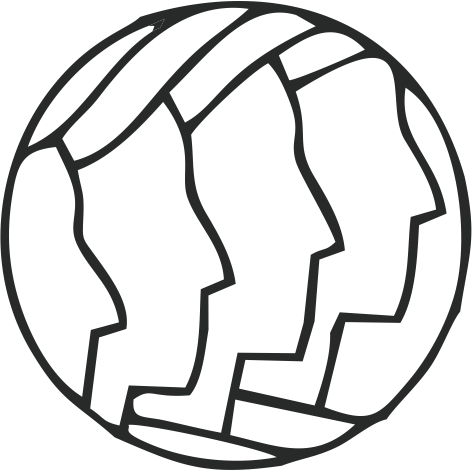
WP 5. Management and knowledge transfer
WP 5 covers the project coordination, its financial and administrative management, and the dissemination of scientific knowledge to the scientific community, stakeholders and the general public.
A case study
The Gironde estuary (SW France) is an ideal natural laboratory to achieve PLASTINEST’s objectives. It is one of the largest European estuaries, a major contributor of suspended particulate matter to the Bay of Biscay, and is characterized by strong sediment trapping.
PLASTINEST will cover three regions from the river to the ocean – the tidal river, the main estuary and the near-field plume – and will primarily focus on tidal and seasonal time scales.

PLASTINEST’s team
Main contact : isabel.jalon-rojas@u-bordeaux.fr
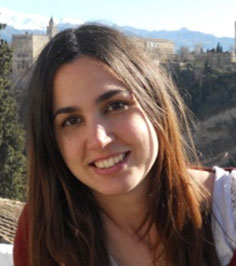
Isabel Jalón-Rojas
Coordinator, CNRS Research scientist
EPOC laboratory, University of Bordeaux
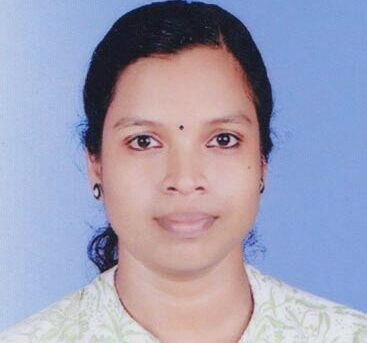
Betty John
phd student
EPOC laboratory, University of Bordeaux
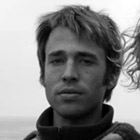
Damien Sous
Assistant Professor
SIAME laboratory, University of Pau and Pays de l’Adour

Aldo Sottolichio
Professor
EPOC laboratory, University of Bordeaux

Alicia Romero
Image Engineer
EPOC laboratory, University of Bordeaux

Vincent Marieu
CNRS Research Engineer
EPOC laboratoary, University of Bordeaux

Guillaume Gomit
Assistant Professor
Pprime laboratory, University of Poitiers
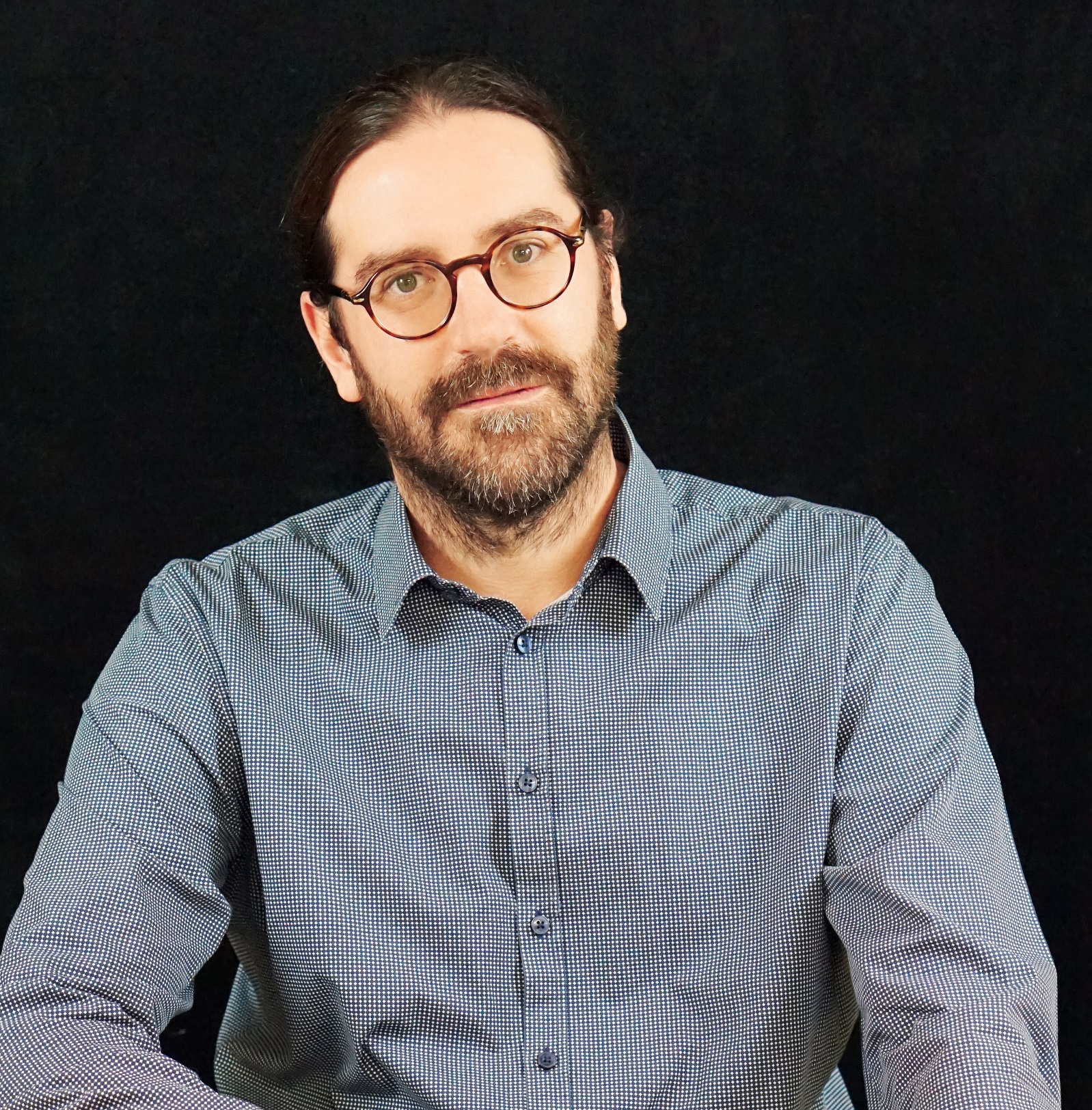
Sebastien Jarny
Assistant Professor
Pprime laboratory, University of Poitiers

Nicolas Huybrechts
Research Scientist
CEREMA

Linda Rossignol
Study Engineer
EPOC laboratory, Univeristy of Bordeaux

Sophie Defontaine
Postdoc
Ifremer
Vania Ruiz
ASSISTANT PROFESSOR
University of Sinaloa, Invited researcher at EPOC laboratory


News
To follow the lastest informations…
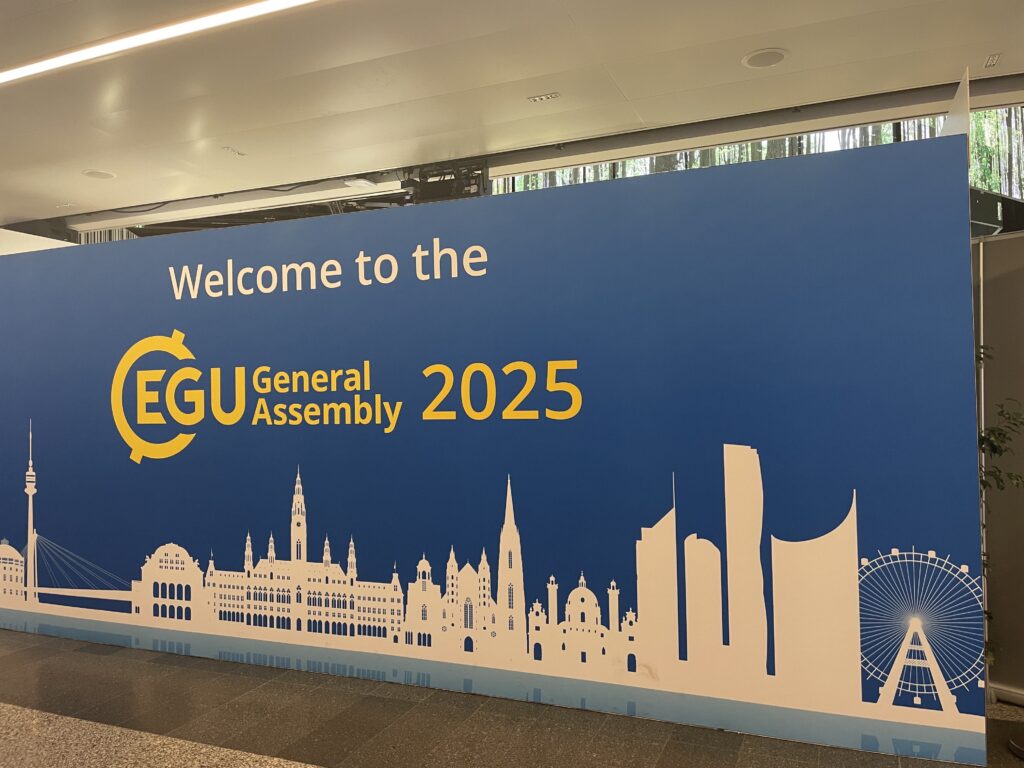
PLASTINEST at EGU 25
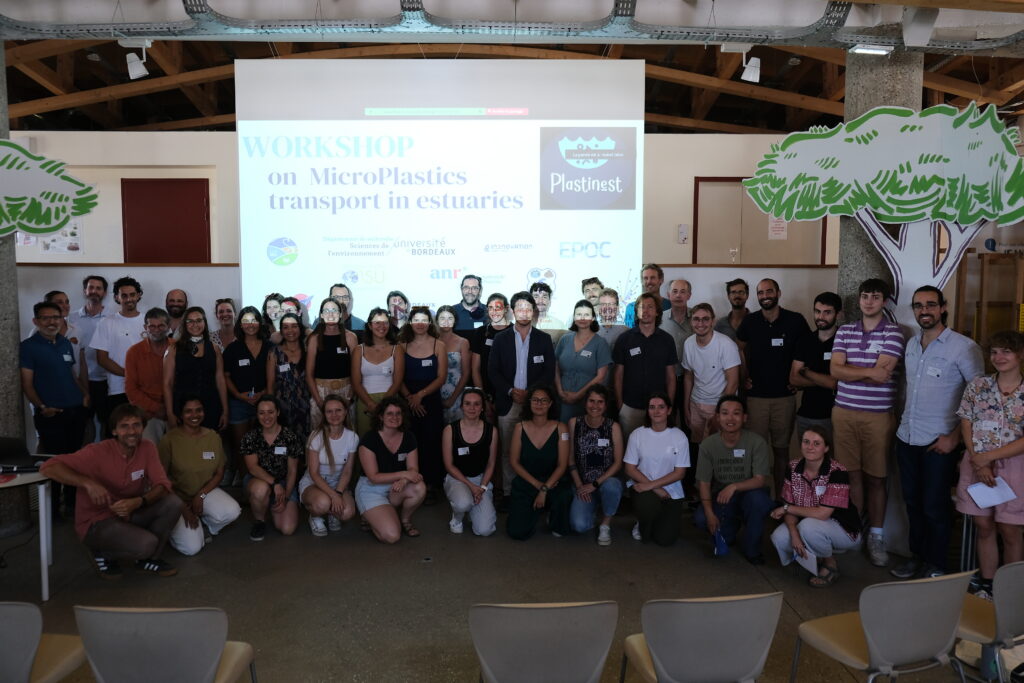
The PLASTINEST Workshop: A Successful Forum for Exchange and Discussion
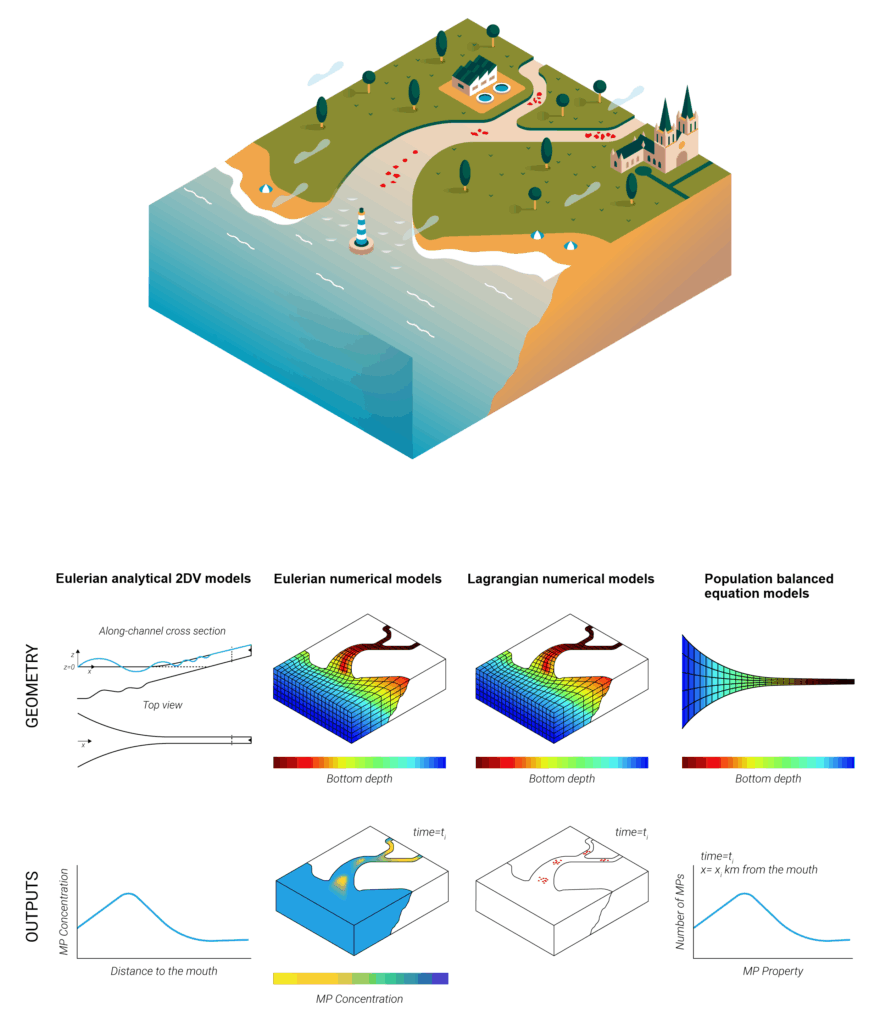
New review paper on modelling microplastic dynamics in estuaries

FUNDED BY

We are here :
UMR CNRS 5805 EPOC – OASU
Université de Bordeaux
Site de Talence – Bâtiment B18
Allée Geoffroy Saint-Hilaire
CS 50023
33615 PESSAC CEDEX
FRANCE
Proudly powered by WordPress

